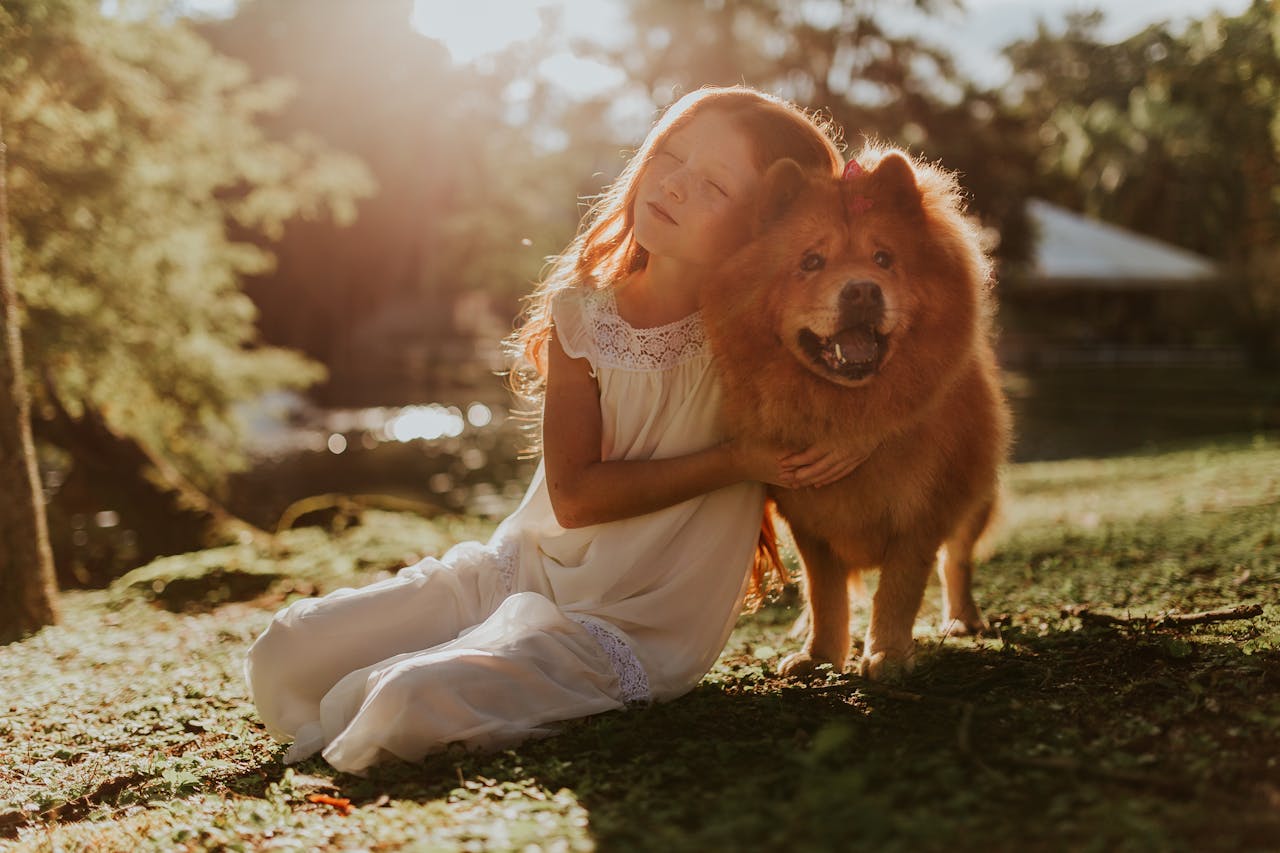
How to Get Your Dog to Bond with Children
Getting a dog to bond with children can be one of the most rewarding experiences. Watching a child and a dog form a lasting friendship is truly special. To make this happen, you need to create a safe and comfortable environment for both the pet and the child. Dogs are social animals and can build strong bonds when they feel relaxed and supported.
With patience and simple strategies, you can help your child and dog develop a great relationship. Let’s look at how to help your dog bond with children.
Creating Positive Interactions
Positive interactions are important for building a strong bond. Start with short introductions while watching them closely. Let the dog approach the child when the child is calm; avoid overwhelming them with excitement. Encourage gentle actions, such as petting or giving treats, instead of loud noises or sudden movements that might frighten the dog.
Teach the child how to approach the dog correctly. Show them how to extend a hand and let the dog come to them at its own pace. Reinforcing these behaviours helps the dog feel more relaxed and open to connecting.
Structured Playtime
Structured playtime can help the dog form a strong bond with the child. Engage in activities that promote teamwork, such as fetch or hide-and-seek. These games stimulate the dog and provide opportunities for interaction and shared fun.
Use toys that are safe for both the dog and the child. Choose durable items that are the right size to prevent accidents. This creates a fun environment where both can enjoy themselves and grow closer.
Training Together
Training sessions are an excellent way for children and dogs to bond while learning new skills. Simple commands like “sit,” “stay,” or “shake” can make a difference. Let the child help during these sessions to boost their confidence and encourage the dog.
Utilize reward-based training techniques to strengthen the bond further. The child can give treats and praise, which helps them engage in the process. Choose rewards that the dog enjoys, such as a bully stick, as they help keep the dog focused and entertained. A well-fed and mentally stimulated dog is more likely to form a positive bond with children.
Consistency Is Key
Consistency helps dogs understand what to expect when they interact with children. Establish regular routines for meals, playtime, and rest. This structure reduces anxiety for both the dog and the child because they know what will happen next.
It’s also important to consistently reward positive behaviours. If the dog and child have a good interaction, offer kind words and treats to both of them. Creating enjoyable experiences builds trust and affection over time.
Safe Spaces for Both
Create safe spaces for your dog and your child. Dogs need a place to go when they feel overwhelmed, just like children benefit from having a quiet spot to relax. Teach your child to respect the dog’s space and understand when it needs time alone.
These safe areas help the dog feel secure, and the child learns to show empathy by recognizing when the dog needs space. This respect builds a healthy relationship over time.
Encouraging Responsibility
Get your child involved in caring for the dog. Age-appropriate tasks, such as feeding, grooming, or helping with walks, can make the child feel important and included in the dog’s care.
Sharing these responsibilities fosters companionship and a sense of duty. As the child learns to care for their dog, their bond naturally grows, promoting loyalty and affection.
Socialization Opportunities
Help your dog socialize with other pets and children. Take your dog to different places and around various sounds and pets to learn positive interactions. Look for safe spots like dog parks or community pet events where your dog can meet children of different ages.
These experiences expose your dog to different situations and children’s behaviours, making them more adaptable and comfortable. This adaptability is key for a strong bond with your child, as it reduces fear or misunderstandings.
Emotions Matter
Dogs and children can sense each other’s feelings. Teach your child to recognize when a dog appears scared or nervous, and encourage them to remain calm. This understanding builds a deeper connection, as the child learns to be patient and kind—a lesson that extends beyond their bond with the dog.
Children can demonstrate their emotional connection through playfulness and affectionate behaviour, such as cuddling. When they pay attention to the dog’s body language, they can better understand their pet’s feelings and needs, which improves their relationship.
The journey to help your dog bond with your children is exciting and rewarding for everyone. The growth in understanding and friendship that develops is what makes it special. With patience, regular interaction, and mutual care, this unique friendship can thrive.



